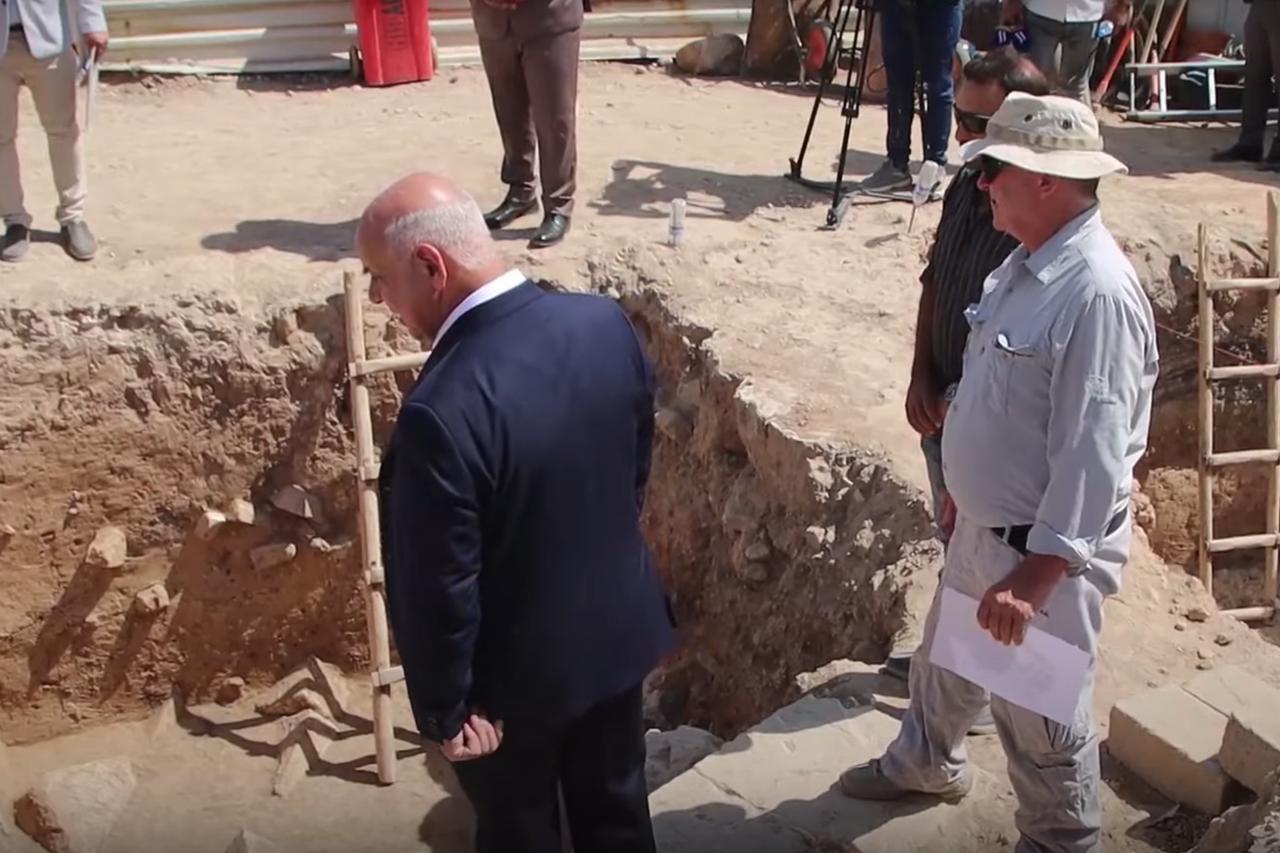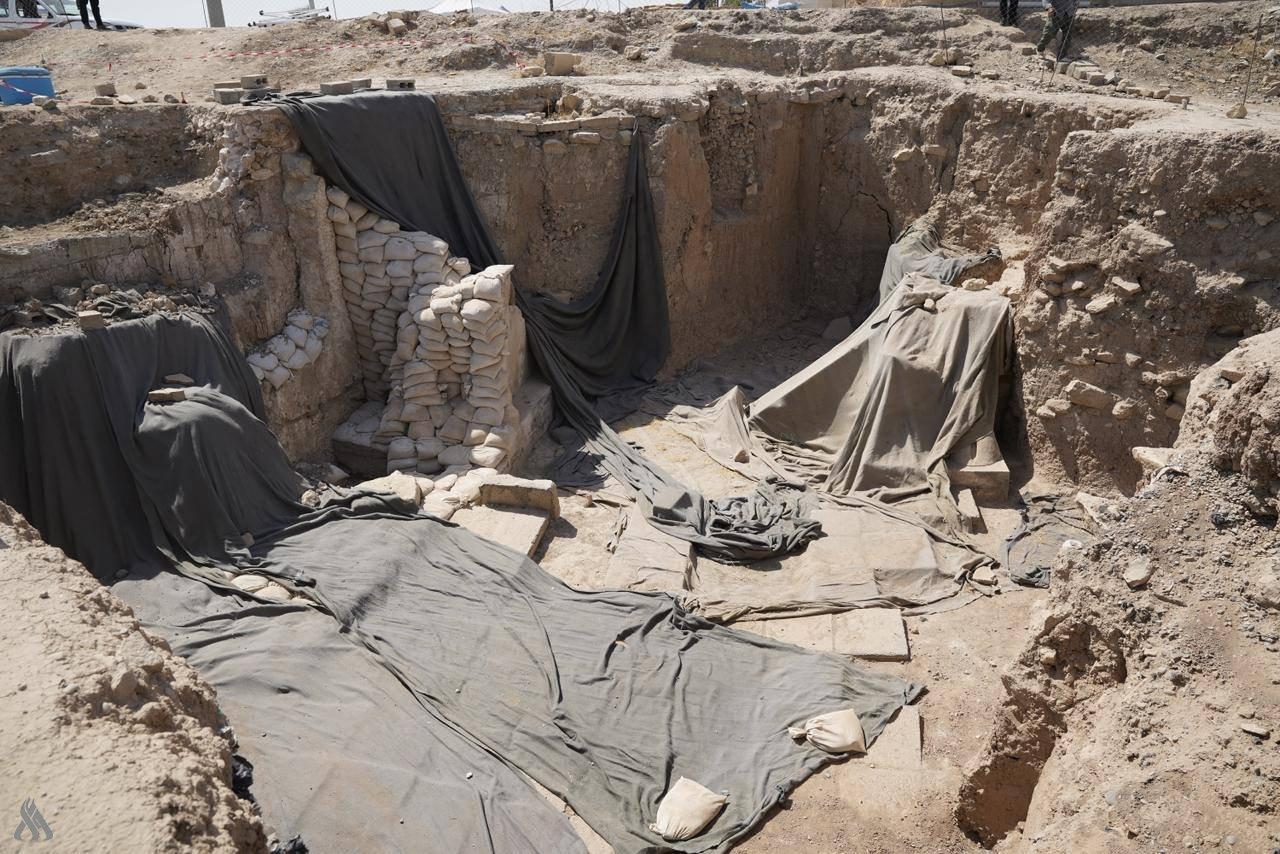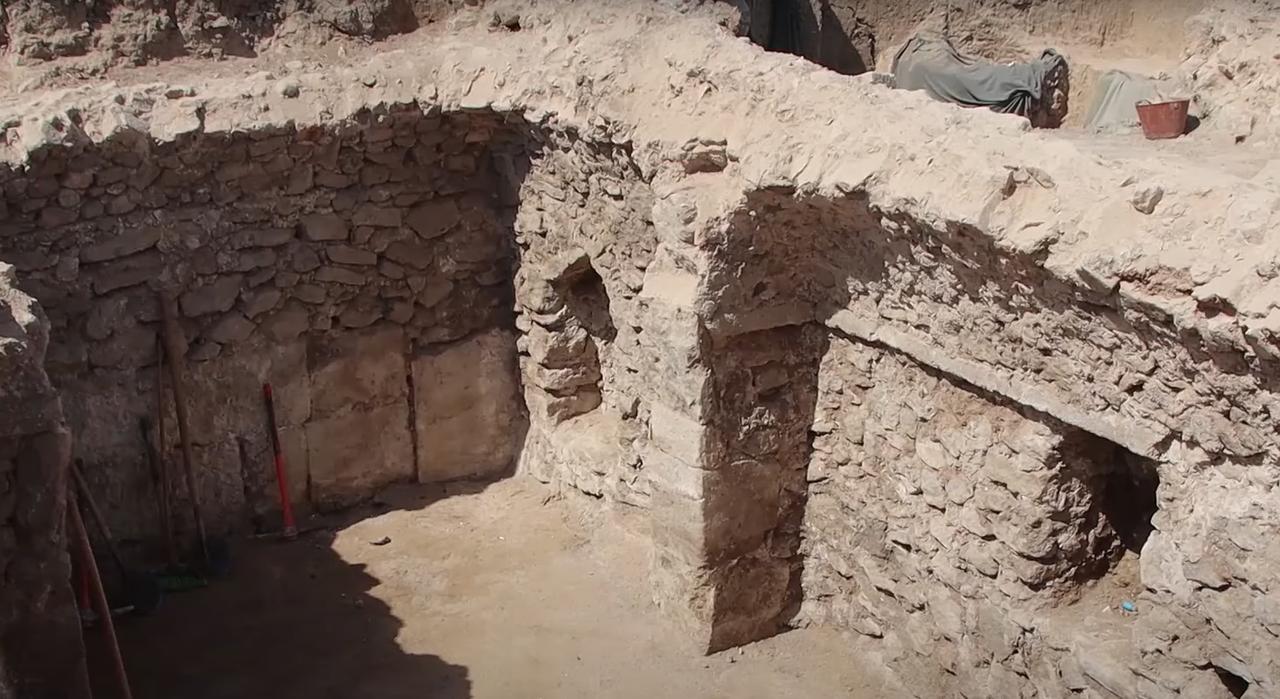
Iraq has uncovered the largest winged bull in Assyrian history, measuring about 6 meters tall, Culture Minister Ahmed Fakkak al-Badrani announced Friday, according to the Iraqi News Agency (INA).
The bull is inside the royal hall of King Ashurbanipal’s palace, located behind the Prophet Jonah Mosque in Mosul.
Badrani said that “excavation teams have managed to uncover the largest winged bull in Assyrian history. This discovery, standing around 6 meters tall, holds significant archaeological and historical value.”
He noted that the excavations suggest the presence of smaller copies and have helped determine the size of the throne hall, which is considered highly significant in Assyrian history.

"No winged bull of this size has ever been discovered before," Badrani stated.
In this context, Iraq had previously announced, two years ago, the discovery of a winged bull comparable in size to the “Lamassu” statue, but it measured only 3.9 meters in height. The current find, standing around 6 meters tall, surpasses all previous discoveries, marking a significant milestone in Assyrian archaeology.

One of the bulls was discovered in the 1990s on the left side of the palace, while current excavations have uncovered the second winged bull. “This will enhance the site's archaeological and tourist significance,” said Ruwaid Muwafaq, Director of the Nineveh Antiquities and Heritage Inspectorate.
He pointed out that the antiquities authority, in cooperation with Germany’s Heidelberg University and the Ministry of Culture, is working to develop the site and establish a museum open to visitors, aiming to connect Assyrian artifacts with the Islamic heritage at the Prophet Jonah Mosque.
“Plans for the site will be announced soon,” Muwafaq added.

Peter Nicholas, an archaeology expert at Germany’s Heidelberg University, told INA that excavation teams have uncovered numerous clay tablets. These tablets are inscribed with the writings of Kings Sennacherib, Ashurbanipal, and Esarhaddon, some of the greatest rulers of the Assyrian Empire.
The teams also discovered small archaeological finds representing war spoils taken by the Assyrians from Egypt and the Levant.